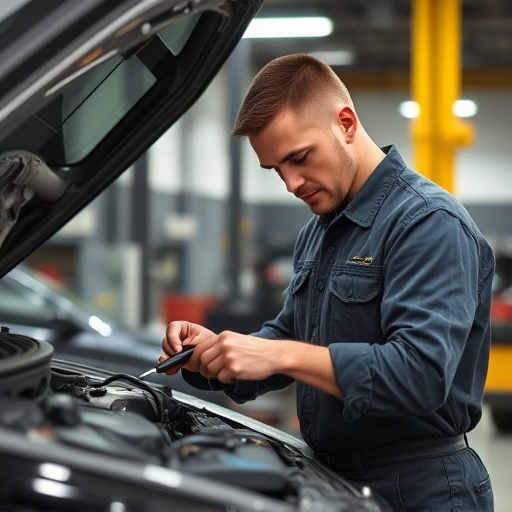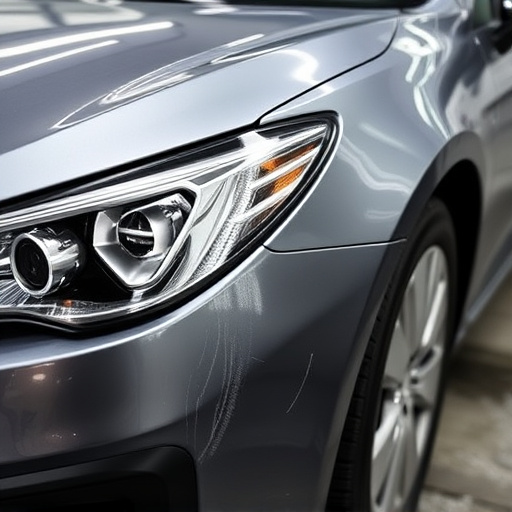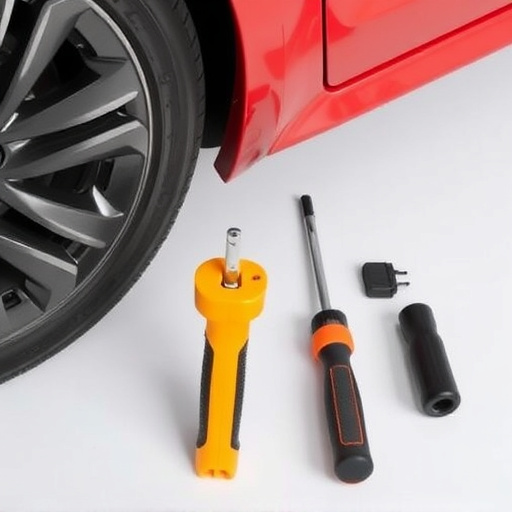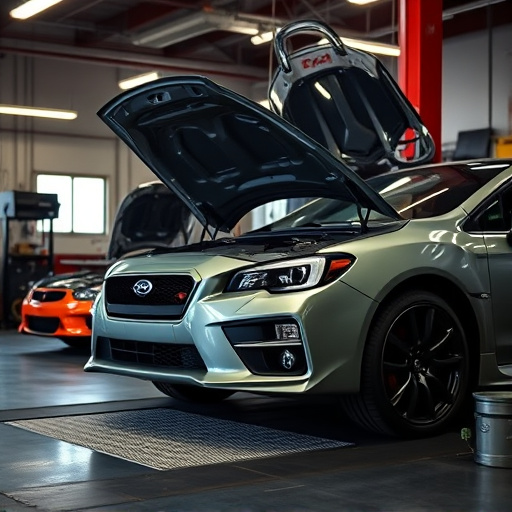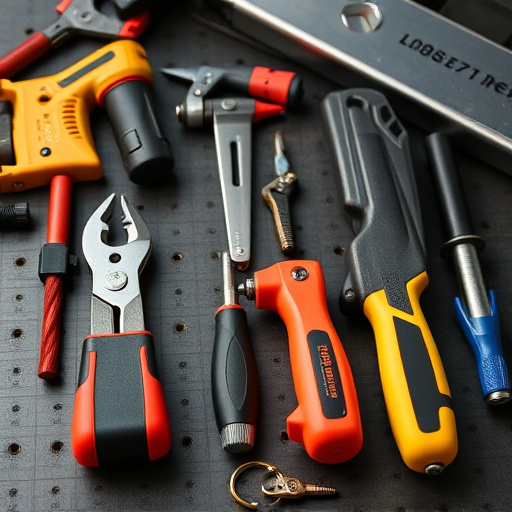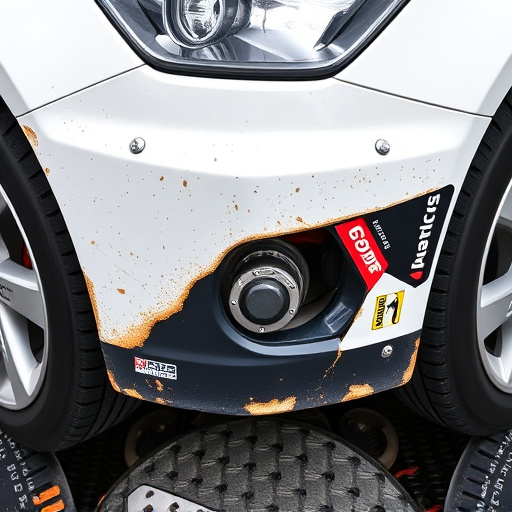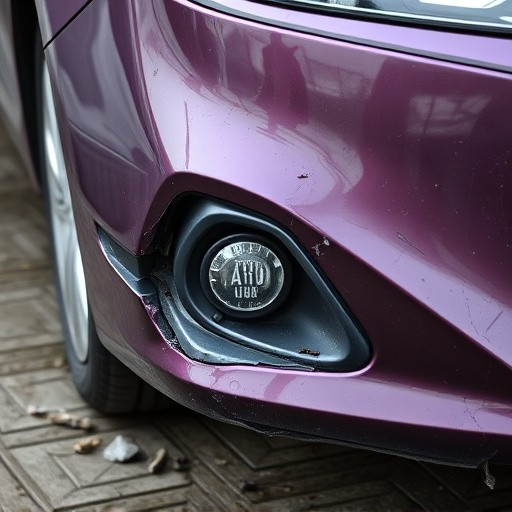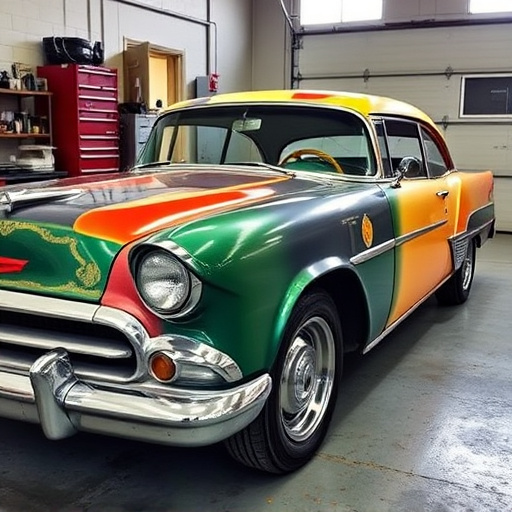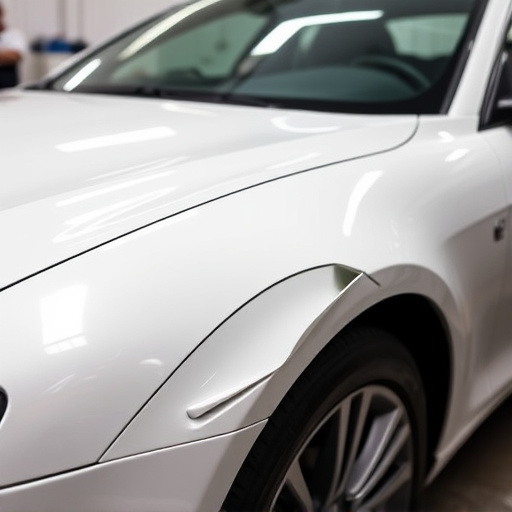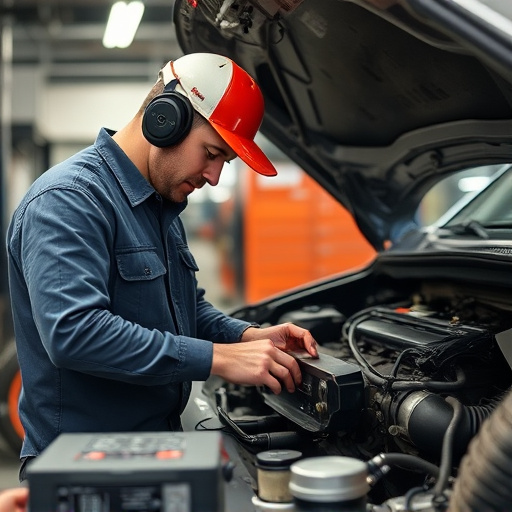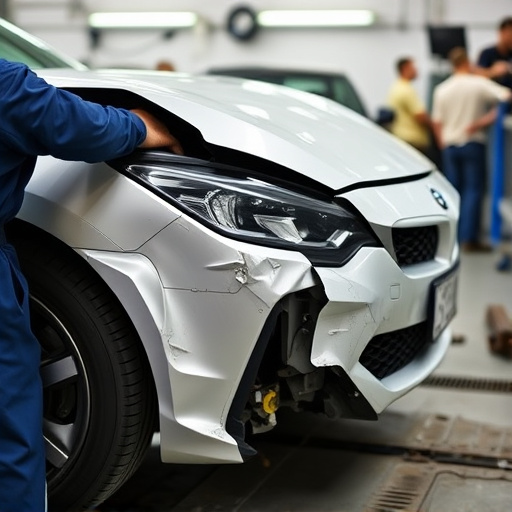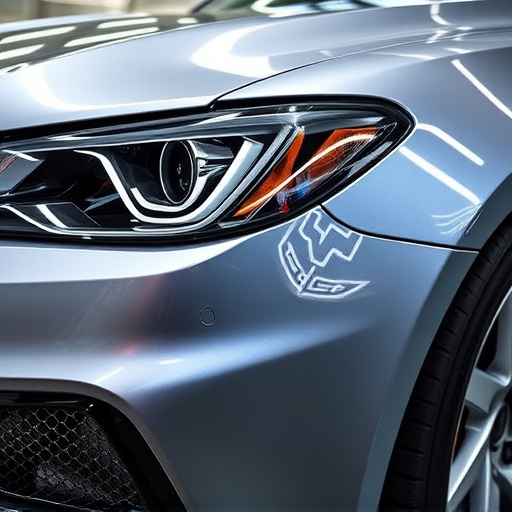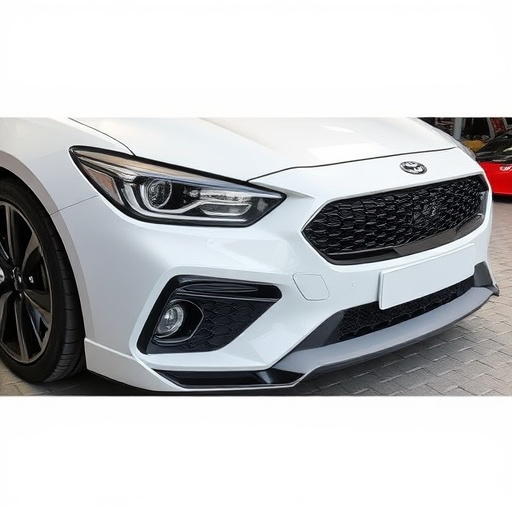Regular maintenance, including inspections, calibration, and testing, is key to optimal performance of advanced welding equipment. Well-maintained systems enhance efficiency, ensure consistent weld quality crucial for precision metalwork, reduce costs, and lower operational expenses. Comprehensive operator training on advanced welding equipment fosters efficiency, reduces downtime, and promotes reliable longevity, vital for industries like automotive collision repair.
Advanced welding equipment is a powerful asset, but its performance requires consistent care. To ensure optimal results, implement best practices tailored to your specific machinery. This article guides you through three vital strategies: conduct regular maintenance checks to prevent issues before they arise; calibrate and test equipment for accurate, reliable outcomes; and invest in proper operator training to enhance efficiency and reduce human error.
- Regular Maintenance Checks: Prevention is Key
- Calibrate and Test Equipment Accuracy
- Proper Training for Operators: Maximize Efficiency
Regular Maintenance Checks: Prevention is Key
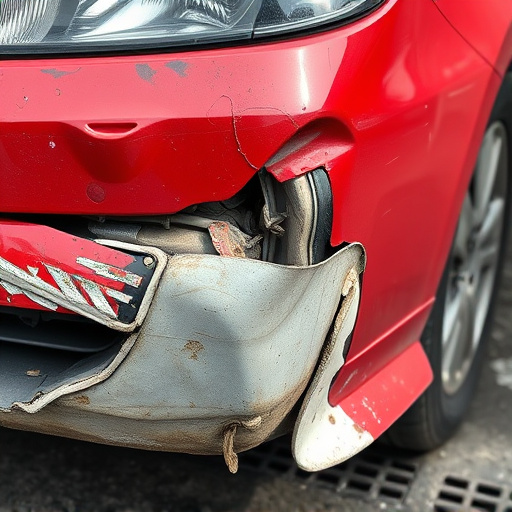
Regular maintenance checks are an essential part of ensuring optimal performance from your advanced welding equipment. By implementing a proactive approach, you can prevent costly breakdowns and extend the lifespan of your machinery. These checks should encompass all critical components, including motors, gears, sensors, and pressure regulators. A well-maintained system will not only enhance efficiency but also ensure consistent quality in welds, which is paramount for industries relying on precision metalwork, such as automotive repairs involving bumper repair or car paint services.
Prevention through regular maintenance translates into significant savings in the long run, as it reduces the need for extensive car damage repair procedures. By staying ahead of potential issues, you can maintain a reliable and efficient welding process, ultimately contributing to better productivity and lower operational costs.
Calibrate and Test Equipment Accuracy
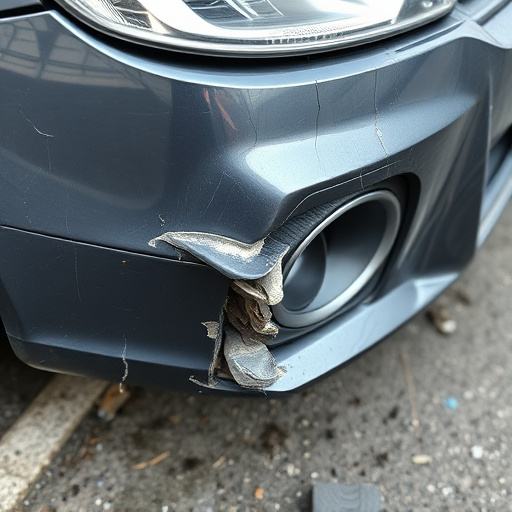
Regular calibration and testing are essential practices for ensuring the accuracy and reliability of advanced welding equipment. Before every use, it’s crucial to calibrate your instruments to maintain precise measurements and settings. This involves comparing your equipment’s performance against known standards and adjusting as necessary. By doing so, you can guarantee that your welds meet the required specifications, resulting in consistent and high-quality outcomes.
Accurate testing is a critical component of this process, as it verifies the functionality and reliability of each component within the welding system. Just as with calibration, any deviations or anomalies should be addressed promptly. For instance, issues like sensor drift or malfunctioning components can impact overall performance, particularly in intricate auto repair services involving advanced autobody repairs. Regular testing allows for early detection and resolution, ensuring that your equipment remains at peak condition.
Proper Training for Operators: Maximize Efficiency
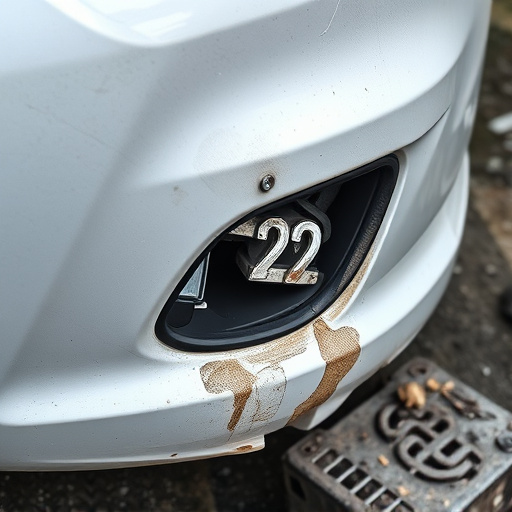
Ensuring optimal performance from advanced welding equipment hinges on one key factor: proper operator training. Skilled welders understand the intricate workings of their machinery, enabling them to make precise adjustments, identify potential issues early on, and leverage the full capabilities of the equipment. This expertise translates into increased efficiency, reduced downtime, and superior quality outcomes—crucial considerations in industries such as automotive collision repair and luxury vehicle repair where precision and speed are paramount.
Comprehensive training programs should cover not only the technical aspects of operation but also safety protocols. By empowering operators with the knowledge to handle various welding scenarios effectively, companies can foster a culture of safety and productivity, ultimately contributing to the longevity and reliability of their advanced welding equipment—essential tools in any modern auto glass replacement or automotive collision repair facility.
Maintaining optimal performance of advanced welding equipment involves a holistic approach, from regular maintenance checks to operator training. By prioritizing prevention through consistent check-ups, ensuring equipment accuracy through calibration and testing, and empowering operators with proper skills, you can significantly extend the lifespan and efficiency of your advanced welding machinery. These best practices not only reduce downtime but also contribute to higher quality welds, ultimately enhancing productivity in any industrial setting.
